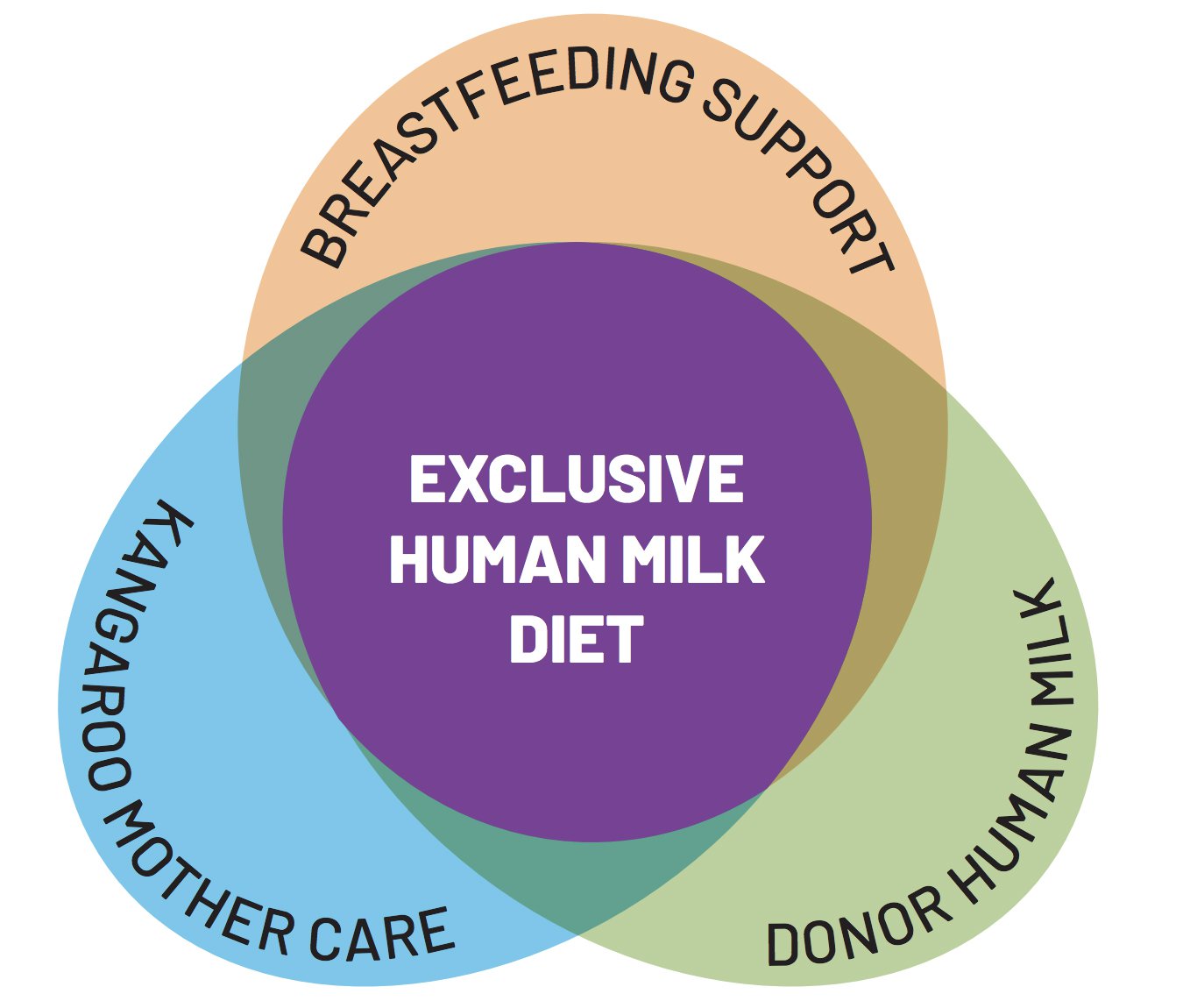A vital solution that lacks global standards
Access to safe blood and blood products has long been considered an essential part of effective health care systems. Identified as a crucial part of lifesaving treatments and therapies, a global regulatory framework and supportive programs exist to ensure high standards for collection, safety, storage, and appropriate and ethical use of blood within health systems.
Contrast that with another incredibly powerful health intervention for which such standards are all but absent—the collection, banking, and delivery of safe, donated human milk to newborns who do not have access to their own mother’s milk, and need milk to survive their first days or weeks of life.
In low-resource settings, more than 32 million newborns are considered vulnerable due to illnesses, prematurity, or low birth weight. And a non-breastfed child’s risk of death is six times higher than that of a breastfed child. Human milk consumption—through breastfeeding and other practices—is one of the most efficacious and cost-effective interventions we have at our disposal to support child nutrition.
One of the best ways to ensure a newborn consumes breast milk is to support their mother’s lactation. When this is not enough and these vulnerable babies cannot access their own mother’s supply, the alternative is to provide donor human milk through human milk banking. By collecting, pasteurizing, testing, and storing safe, donated milk from screened lactating mothers and providing it to infants in need, human milk banks ensure that even if babies cannot receive their own mother’s breast milk, they can still receive human milk early in life.
For nearly a decade, PATH has worked at the forefront of strengthening the ability of health systems to integrate human milk banking into newborn care, including projects in India, Kenya, South Africa, and Vietnam.
While we have made progress, we—and the partners and ministries of health with which we work—have repeatedly encountered a frustrating gap: a dearth of global standards as well as insufficient guidelines to support regions and countries seeking to establish or scale up locally appropriate human milk banking systems.
Although more than 600 human milk banks exist around the world, each has had to independently develop systems for implementation, with no mechanism for systematic coordination of global best practices.
But PATH is working to close that gap. Now, through intensive collaboration with global policy and technical leaders in newborn health and nutrition and human milk banking, PATH has developed Strengthening Human Milk Banking: A Resource Toolkit for Operating & Integrating Human Milk Banks. This free and comprehensive toolkit contains 11 separate but linked documents with guidance, standards, and examples for establishing, operating, evaluating, and communicating human milk banking as an essential component of newborn care.
“We know that breast milk saves lives; appropriate and safe provision of donor human milk is a powerful intervention to ensure that every baby has equitable access—even those without their own mother’s milk,” said Kiersten Israel-Ballard, PATH’s associate director of Maternal, Newborn, Child Health & Nutrition. “This new toolkit provides a robust and comprehensive set of resources for health systems to draw upon for strengthening the entire continuum of newborn nutrition—by protecting, promoting, and supporting breastfeeding with integrated quality-controlled and locally adapted human milk banking systems.”
If implemented as a component within a comprehensive and integrated system, human milk banks can also serve a broader purpose of protecting, promoting, and supporting breastfeeding, embedded within both nutrition and newborn care programs.

In addition to supporting and encouraging exclusive breastfeeding and safe human milk banking to save lives, PATH takes a broad and integrated approach to improving child health and well-being.
But it goes beyond breast milk. In addition to supporting and encouraging exclusive breastfeeding and safe human milk banking to save lives, PATH takes a broad and integrated approach to improving child health and well-being through additional interventions such as Kangaroo Mother Care (or skin-to-skin contact) and Early Childhood Development (as part of the Nurturing Care Framework).
By advocating for, expanding access to, and promoting proven newborn and nutrition interventions, we have the opportunity to build a movement that transforms the entire newborn nutrition field.
And if we do, the most vulnerable citizens of our planet—newborn babies in low-resource settings—will have the opportunity to not only survive the earliest days of childhood, but to thrive for years into brighter futures.

A new mother in Durban, South Africa, practices "Kangaroo Mother Care," skin-to-skin contact between the baby's front and the mother's chest. Photo: PATH.
Learn more:
- View the Strengthening Human Milk Banking resource toolkit.
- Find out more about our work to increase access and intake of human milk.
- Learn more about PATH’s comprehensive approach to nutrition solutions.



